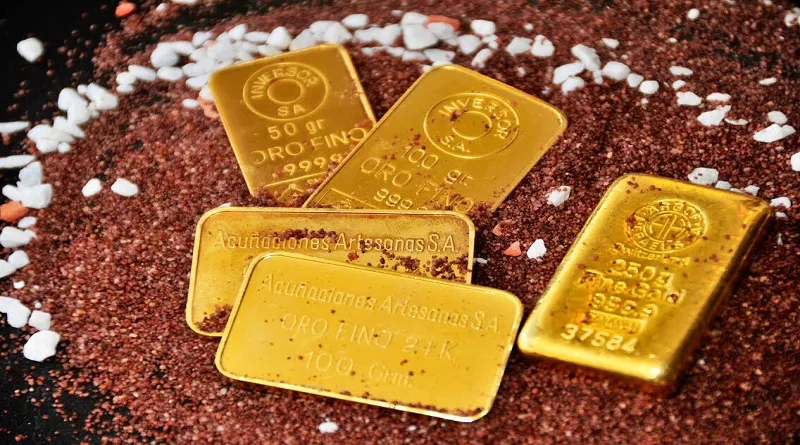Gold has captivated human civilization for centuries, valued not only for its lustrous beauty but also for its enduring economic significance. However, as the demand for this precious metal persists, so does the prevalence of counterfeit gold in the market. Whether you’re an investor, a jewelry enthusiast, or someone looking to purchase gold for any reason, it’s crucial to be able to discern the authenticity of the metal. In this article, we will explore various methods to determine whether the gold you’re dealing with is genuine or a clever imitation.
Hallmarks and Stamps
One of the first indicators of real gold is the presence of hallmarks and stamps. Legitimate gold items are typically marked with a hallmark indicating their purity. The most common purity levels are 24K, 22K, 18K, and 14K. For example, 24K gold is pure gold, while 14K gold contains 58.3% gold, with the rest being alloy metals. Carefully inspect the item for these marks, as they provide valuable information about the gold’s composition.
However, it’s important to note that counterfeiters have become increasingly sophisticated and can replicate these markings. Therefore, relying solely on hallmarks is not foolproof, and additional testing methods should be employed.
Magnet Test
Gold is not magnetic, so a simple magnet test can help you differentiate between real gold and fake alternatives. Place a strong magnet near the gold item; if it is attracted to the magnet, it is not pure gold. Genuine gold, being a non-ferrous metal, will not be attracted and will not exhibit any magnetic properties.
While this test can be useful, it’s important to remember that some counterfeit gold items may contain magnetic metals in the alloy, so it should be used in conjunction with other methods.
Density Test
Gold is a dense metal, and this property can be exploited to determine its authenticity. The density of gold is approximately 19.32 grams per cubic centimeter. To conduct a density test, measure the weight and volume of the gold item. Divide the weight by the volume to calculate the density. While this method is effective, it requires precision in measurements and may not be practical for everyday use.
Nitric Acid Test
The nitric acid test is a reliable method to distinguish real gold from other metals. However, it is a destructive test that should only be performed on a small, inconspicuous part of the item. Apply a drop of nitric acid to the gold; if it remains unchanged, the gold is likely genuine. If the gold dissolves or shows signs of discoloration, it may be a counterfeit.
It’s essential to exercise caution when handling nitric acid, as it is a corrosive substance. Perform this test in a well-ventilated area and wear appropriate protective gear.
Ceramic Plate Test
Real gold leaves a distinct mark on a ceramic plate due to its softness. Rub the gold item against an unglazed ceramic plate; if the streak appears golden, it is likely authentic gold. Counterfeit gold made from other materials will leave a black streak or show signs of wearing off.
This method is quick and non-destructive, making it a convenient option for preliminary testing.
See Also: What Is A Gold Bar Worth?All You Need to Know
Conclusion
In the world of gold, where authenticity is paramount, being equipped with the knowledge to identify real gold from counterfeits is essential. While hallmarks, magnets, density tests, nitric acid tests, and ceramic plate tests provide valuable insights, a combination of these methods is often the most effective approach. It’s important to note that these tests should be used in conjunction with each other to maximize accuracy.
In addition to these tests, consider seeking the expertise of a professional appraiser or jeweler with experience in gold evaluation. Their trained eye and specialized equipment can provide a comprehensive analysis of the gold item in question.
Remember, staying vigilant and informed is the key to safeguarding your investment in gold and ensuring that the precious metal you possess is indeed the real deal. As technology advances, so do the methods of counterfeiting, making continuous education and awareness crucial for those involved in the gold market.


